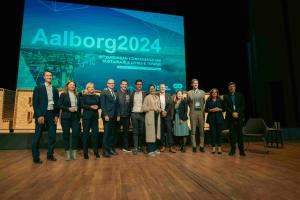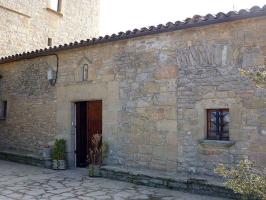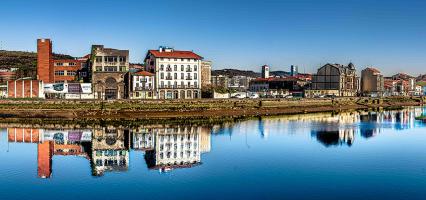Thessaloniki gets ready for its metro launch in November
The underground rapid transit lines have been under construction for almost two decades due to various project delays
 TheMayor.EU logo
TheMayor.EU logo Local authorities are experimenting with ways to use cameras to determine how many people are in a specific area
Over the last few months, local authorities in the Finnish capital of Helsinki have been flirting with the idea of intertwining AI and local surveillance systems in order to determine the sizes of crowds in different parts of the city. Crowds and how large they are, has become a central issue since the outbreak of COVID-19 in Europe and governments have been searching for ways to make their responses to the disease smarter, quicker and more effective.
In Europe, however, there is also a prevalent disdain for privacy-breaching measures. The pandemic, at first, did little to change that. But as the months have dragged on and as the continent is faced with a 2nd wave of the disease, the tide could be turning.
Helsinki’s new system, which has been undergoing trials in the city’s downtown since August, is combining CCTV networks with AI which sorts through the images in order to determine a mostly accurate number of people present specific times and places. The monitoring which has been conducted so far has taken place on the Senate Square and the Citizen’s Square.
As a response to the privacy concerns of citizens, Anssi Vuosalmi the City of Helsinki's chief of preparedness explained that the AI used for the project looks at the footage not through the lens of individual photos of citizens but rather as chunks and data blocks that allow it to find an accurate estimate of the number of people that are present.
Furthermore, the cameras are not monitored by humans, but rather by machines that are simply processing the algorithms that result in rounded numerical values – the only result that can be seen by officials and authorities.
Currently, Helsinki’s local government is analyzing the results of the tests of the last couple of months. Should officials be satisfied, the system could be introduced in a wider fashion in the future so as to better allow the city to deal with the spread of COVID-19.

The underground rapid transit lines have been under construction for almost two decades due to various project delays

Now you can get your wine in Talence by paying directly in Bitcoin

That’s because the state has to spend money on updating the railway infrastructure rather than subsidizing the cost of the popular pass

Rethinking renewable energy sources for the urban landscape

The examples, compiled by Beyond Fossil Fuels, can inform and inspire communities and entrepreneurs that still feel trepidation at the prospect of energy transition

Now you can get your wine in Talence by paying directly in Bitcoin

The 10th European Conference on Sustainable Cities and Towns (ESCT) sets the stage for stronger cooperation between the EU, national and local level to fast track Europe's transition to climate neutrality.

At least, that’s the promise made by the mayor of Paris, Anne Hidalgo

The underground rapid transit lines have been under construction for almost two decades due to various project delays

At least, that’s the promise made by the mayor of Paris, Anne Hidalgo

Hostal de Pinós is located in the geographical centre of the autonomous region

Despite its church-y name, the district has long been known as the hangout spot for the artsy crowds

Urban dwellers across the EU are having a say in making their surroundings friendlier to people and the environment.

Forests in the EU can help green the European construction industry and bolster a continent-wide push for architectural improvements.

Apply by 10 November and do your part for the transformation of European public spaces

An interview with the Mayor of a Polish city that seeks to reinvent itself

An interview with the newly elected ICLEI President and Mayor of Malmö

A conversation with the Mayor of Lisbon about the spirit and dimensions of innovation present in the Portuguese capital














